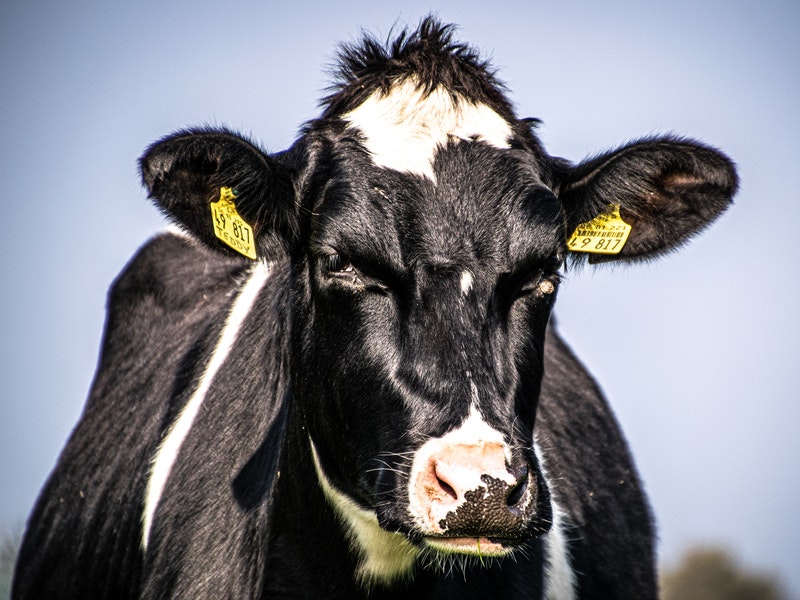Food distribution was the last thing on anyone’s mind as an ancillary concern of the coronavirus, but the challenges of this pandemic have brought the critical role of agriculture and food production to front and center stage. Business challenges are not new to the agricultural industry. Farm income was facing financial challenges before the pandemic. The coronavirus served to fuel the complexities of the industry. As a result, banks in the United States are stepping up to help farmers stabilize a business that serves the entire country while preserving a way of life that has been around for generations of families.
Statistics from the United States Department of Agriculture estimate that farm income is expected to decrease by $10.9 billion as compared to the 2019 forecast. This decrease has been a hardship on farmers, especially for corn, cotton, dairy, pork, soybeans and wheat crops, requiring them to do more with less. The impact of COVID-19 has compounded the rate of this decline by exposing farmers to further drops in commodity prices due to the pandemic’s negative impact on food processing and sudden shifts in product demand. Recently, some U.S. banks wrote a letter to Congress in support of the Enhancing Credit Opportunities in Rural America Act, or ECORA. The proposed legislation would provide immediate help to farmers and ranchers by lowering the cost of credit by removing the taxation on income from farm real estate loans. The lower rates would in turn ease the cash flow restraints, and provide more working capital to help rural farming businesses in their response to the pandemic. Because of the vital role agriculture plays in the food distribution chain across the country, it is critical that farmers and ranchers receive the proposed support. While the coronavirus exacerbated agricultural issues, it put the industry in the spotlight, opening the eyes of many Americans, while underscoring the contributions of farming and agriculture.
The silver lining of the recent challenges with meat distribution is that it forced the country to pay attention to agriculture, specifically rural America. The term rural should not be mistaken for small and insignificant. As of December 2019, banks in the U.S. made $183 billion in farm loans, much of it in rural America. A vast number of these farm loans are family-run businesses. So, while agriculture is categorized as an industry, farming is very much a family business, passed down generation after generation. Banks that specialize in agricultural lending know about this family tradition. Lenders are deeply committed to their ag customers because they know their parents, their grandparents and their children. Banks that specialize in agriculture know farming is a livelihood for these families. One of the biggest concerns of family owned farms today is in preparing the next generation of America’s farmers. Unlike established farmers, young farming families need to learn the basics of creating business relationships while understanding how and why financial decisions are made. Farming banks help these families by providing them with financial advice.
It’s important to the agricultural industry to continue the legacy of family farming and, if it isn’t already important to everyone in America, it should be. After all, the entire country now has seen first-hand the importance of mass food production and distribution. We owe farmers a debt of gratitude, and no better time than the present to show it. June is National Dairy month. So as we celebrate and tip our straw hats to dairy farmers, let us celebrate ALL farmers and ranchers for the endless work and countless hours they pour into every work day—and night. Because regardless of the varying view points and the direction a conversation goes about agriculture in America, or food distribution or how food is put on the table, farming is where it all begins.





